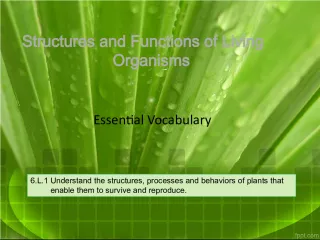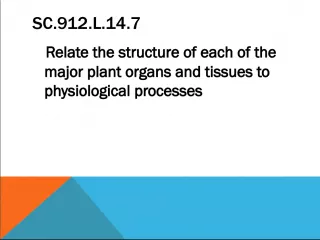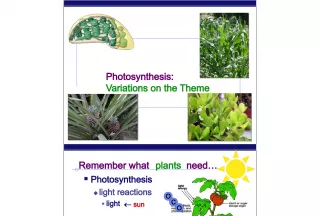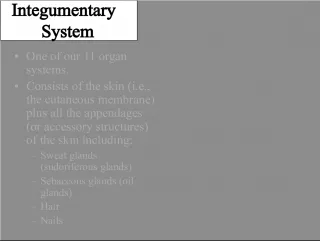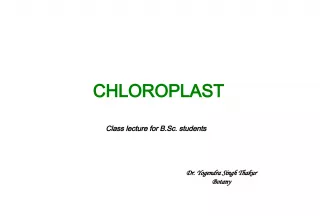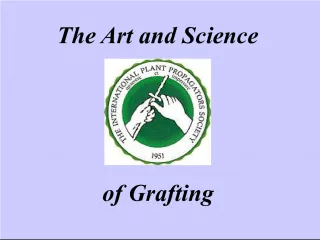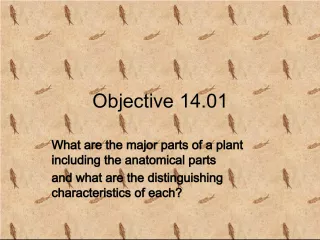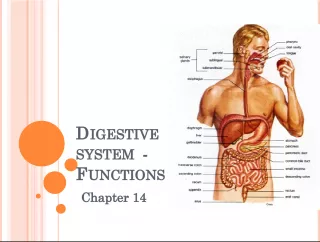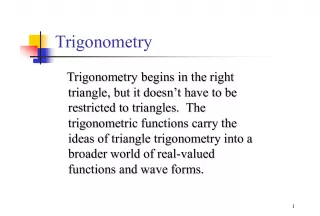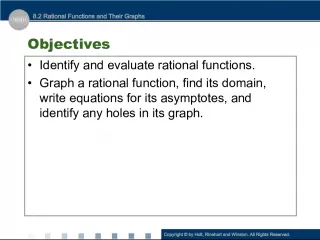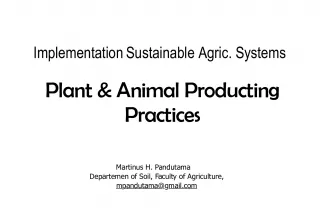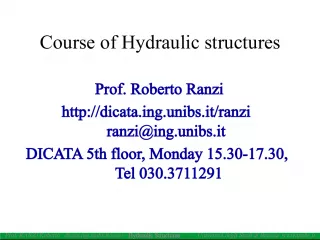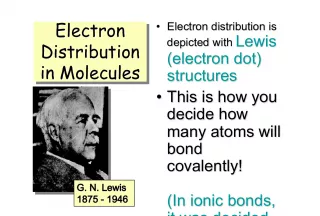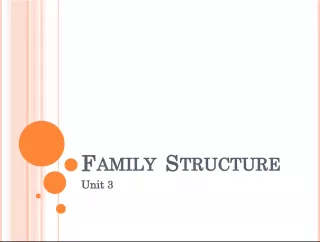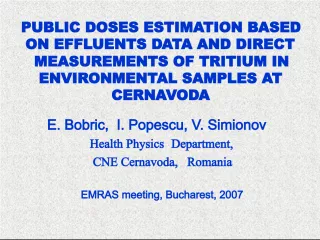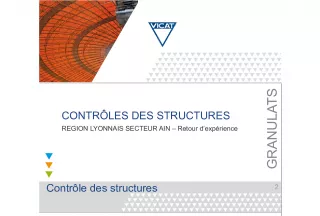Plant Structures and Functions


In this module, you will learn about the structures and functions of plants. First, we will explore the differences between monocot and dicot plants, focusing on their root structures and vasculature, stem
- Uploaded on | 3 Views
-
 felecia
felecia
About Plant Structures and Functions
PowerPoint presentation about 'Plant Structures and Functions'. This presentation describes the topic on In this module, you will learn about the structures and functions of plants. First, we will explore the differences between monocot and dicot plants, focusing on their root structures and vasculature, stem. The key topics included in this slideshow are . Download this presentation absolutely free.
Presentation Transcript
Slide1 SC.912.L.14.7Plant Structures and Functions
Slide2 Plant Structures and Functions1. Monocots vs. Dicots - Root structure and vasculature - Stem vasculature - Leaf structure and vasculature 2. Plant tissues - Dermal (epidermis) - Vascular - Ground - Meristematic 3. Plant organs - Roots - Stems - Leaves - Flowers and Cones 4. Plant Growth - Meristems – apical, axillary, lateral - Vascular cambium vs. cork cambium
Slide3Plant Classification – Monocots vs. DicotsBasic categories of plants based on structure and function
Slide4Plant “bodies”Three Basic Plant Organs: Roots, Stems, and Leaves Plants, like multicellular animals, have organs composed of different tissues , which in turn are composed of cells Shoot system Leaf Stem Root system
Slide5•Each plant organ has dermal, vascular, and ground tissues • Each of these three categories forms a tissue system Plant Tissues Dermal tissue Ground tissue Vascular tissue
Slide61) Dermal Tissue System • Outer covering • Protection 3) Ground Tissue System • “Body” of plant • Photosynthesis; storage; support 2) Vascular Tissue System • “Vessels” throughout plant • Transport materials Plant Tissues
Slide7Dermal Tissue System (Outer Covering of Plant): 1) Epidermal Tissue (epidermis): • Forms outermost layer Cuticle: Waxy covering • Reduces evaporation • Inhibits microorganism invasion Root Hairs : extended root surface • Increase absorption 2) Peridermal Tissue (periderm): • Only in woody plants (“bark = dead cells”) • Protection; support Plant Tissues - Dermis
Slide8Guard cellsStoma Epidermal cell Guard cells Stomata Epidermal cell Guard cells Stoma Epidermal cell Guard cells Stomata Epidermal cell 4 µm 200 µm 71 µm a. c. b. Plant Tissues - Dermis Paired sausage-shaped cells Flank a stoma – epidermal opening • Passageway for oxygen, carbon dioxide, and water vapor Special Dermal Cells – Guard Cells
Slide9Plant Tissues - DermisSpecial Dermal Cells – Trichomes & Root hairs • Trichomes – Hairlike outgrowths of epidermis – Keep leaf surfaces cool and reduce evaporation • Roots hairs – Tube extensions from epidermal cells – Greatly increase the root’s surface area for absorption
Slide101) Xylem (dead at maturity) : Plant Tissues - Vascular A) Tracheids: Narrow, tube-like cells B) Vessel Elements: Wide, tube-like cells
Slide11Vascular Transport System1) Xylem (dead at maturity) : - Moves water & minerals from roots to shoots Plant Tissues - Vascular
Slide12A)Sieve Tubes: Wide, tube-like cells B) Companion Cells: support and regulate sieve tubes 2) Phloem (living at maturity) Plant Tissues - Vascular
Slide13Vascular Transport System- Moves water, sugar, amino acids & hormones 2) Phloem (living at maturity) Plant Tissues - Vascular
Slide14DicotsMonocots Vasculature - Comparisons Monocots and dicots differ in the arrangement of vessels in the roots and stems Root Stem
Slide15•Some major types of plant cells: – Parenchyma – Collenchyma – Sclerenchyma Plant Tissues – Ground Tissue • Tissues that are neither dermal nor vascular are ground tissue • Ground tissue internal to the vascular tissue is pith ; ground tissue external to the vascular tissue is cortex • Ground tissue includes cells specialized for storage, photosynthesis, and support
Slide16Plant Tissues - GroundGround Tissue System (“Body” of Plant): Parenchyma 1 ) Parenchyma (most abundant): • plant metabolism: Photosynthesis; hormone secretion; sugar storage Thin-walled cells; living Parenchyma cells in Elodea leaf,(w/chloroplasts)
Slide17Plant Tissues - GroundCollenchyma 2) Collenchyma : Thick-walled (uneven) ; living • Offers support (flexible & strong) Ground Tissue System (“Body” of Plant): Collenchyma cells sunflower
Slide18Plant Tissues - GroundSclerenchyma 3) Sclerenchyma : Thick, hard-walled; Dead • Offer support (e.g. hemp fibers; nut shells) Ground Tissue System (“Body” of Plant): Sclereid cells in pear (LM) Fiber cells in ash tree Cell wall
Slide19•Roots need sugars from photosynthesis; • Shoots rely on water and minerals absorbed by the root system Roots - Overview • Root Roles: - Anchoring the plant - Absorbing minerals and water - Storing organic nutrients
Slide20Taproots:Fibrous roots: Typical of dicots, primary root forms and small branch roots grow from it In monocots mostly, primary root dies, replaced by new roots from stem Roots - Comparisons
Slide21Roots – Structure and Development• Four regions: – Root cap Protection, gravity detection – Zone of cell division Mitotic divisions – Zone of elongation Cells lengthen, no division – Zone of maturation Cells differentiate, outer layer becomes dermis
Slide22Roots – Structure and DevelopmentIn maturation zone, Casparian strip forms – waterproof barrier material surrounding vasculature
Slide23Roots – Structure and Development1250 µm Epidermis Primary phloem Primary xylem Pith Monocot Eudicot Endodermis Cortex Epidermis Primary xylem Pericycle Primary phloem 48 µm 385 µm 8 µm Endodermis Location of Casparian strip Endodermis Location of Casparian strip Cortex Pericycle
Slide24 Prop roots“Strangling” aerial roots Storage roots Buttress roots Pneumatophores Roots – Many Plants Have Modified Roots Water storage
Slide25Stem: an organ made of– An alternating system of nodes , points at which leaves attach – Internodes , stem length between nodes Stems - Overview • Axillary bud - structure that can form a lateral shoot, or branch • Apical/terminal bud - located near the shoot tip, lengthens a shoot • Apical dominance maintains dormancy in most nonapical buds Apical bud Node Internode Apical bud Shoot system Vegetative shoot Axillary bud Stem
Slide26Stems – Structure and Development• Stems have all three types of plant tissue • Grow by division at meristems – Develop into leaves, other shoots, and even flowers • Leaves may be arranged in one of three ways
Slide27Stems - ComparisonsMonocot Eudicot
Slide28RhizomesBulbs Storage leaves Stem Stolons Stolon Tubers Stems – Many Plants Have Modified Stems
Slide29The leaf is the main photosynthetic organ of most vascular plants Leaves - Overview Shoot system Leaf Blade Petiole Leaves generally have a flattened blade and a stalk called the petiole , which joins the leaf to a node of the stem
Slide30Leaves – Structure and Development• Leaves are several layers thick – each with different cell types
Slide31Leaves – Structure and Development• Most dicots have 2 types of mesophyll – Palisade mesophyll high photosynthesis – Spongy mesophyll air spaces for gas & water exchange • Monocot leaves have 1 type of mesophyll
Slide32Most dicots havebranch-like veins and palmate leaf shape Monocots have parallel leaf veins and longer, slender blades Leaves - Comparisons Monocots and dicots differ in the arrangement of veins , the vascular tissue of leaves
Slide33TendrilsSpines Storage leaves Reproductive leaves Bracts Leaves – Plants have modified leaves for various functions
Slide34Plant Growth:1) Indeterminate: Grow throughout life 2) Growth at “tips” (length) and at “hips” (girth) Growth patterns in plant: 1) Meristem Cells: Dividing Cells 2) Differentiated Cells: Cells specialized in structure & role • Form stable, permanent part of plant Plant Growth
Slide351) Primary Growth : 1) Increased length 2) Specialized structures (e.g. fruits) 2) Secondary Growth: Responsible for increases in stem/root diameter • Apical Meristems: Mitotic cells at “tips” of roots / stems • Lateral Meristems : Mitotic cells “hips” of plant Plant Growth girth length
Slide36Shoot apical meristemLeaf primordia Young leaf Developing vascular strand Axillary bud meristems Plant Growth
Slide37Shoot tip (shootapical meristem and young leaves) Lateral meristems: Axillary bud meristem Vascular cambium Cork cambium Root apical meristems Primary growth in stems Epidermis Cortex Primary phloem Primary xylem Pith Secondary growth in stems Periderm Cork cambium Cortex Primary phloem Secondary phloem Pith Primary xylem Secondary xylem Vascular cambium Plant Growth Two lateral meristems: vascular cambium and cork cambium
Slide38Stem – Secondary Growth:• thicker, stronger stems Vascular Cambium: between primary xylem and phloem primary phloem vascular cambium primary xylem epidermis cortex pith primary xylem primary phloem dividing vascular cambium Plant Growth Produces inside stem: A) Secondary xylem - moves H 2 O, inward B) Secondary phloem - moves sugars, outward
Slide39Plant Growthprimary phloem dividing vascular cambium new secondary xylem new secondary phloem primary xylem secondary phloem primary phloem vascular cambium primary xylem secondary xylem pith cortex Secondary growth Vascular Cambium: Vascular cambium Growth Secondary xylem After one year of growth After two years of growth Secondary phloem Vascular cambium X X X X X X P P P P C C C C C C C C C C C C C
Slide40Stem – Secondary Growth:Dead at maturity Protection Cork Cambium: • Located under outer surface; produces periderm Plant Growth Growth ring Vascular ray Secondary xylem Heartwood Sapwood Bark Vascular cambium Secondary phloem Layers of periderm
Slide41annual ringearly xylem late xylem heartwood (xylem) sapwood (xylem) vascular cambium phloem Stem – Secondary Growth: Sapwood = Young xylem, water Heartwood = Old xylem, support Seasonal Growth = annual rings Secondary phloem = grows outward older phloem crushed Plant Growth
Slide42RESULTSRing-width indexes 2 1.5 0.5 1 0 1600 1700 1800 1900 2000 Year Plant Growth Using dendrochronology to study climate
Slide43Plant GrowthLiving tree or dead tree?
Slide44EpidermisCortex Endodermis Vascular cylinder Pericycle Core of parenchyma cells Xylem Phloem 100 µm Root with xylem and phloem in the center (typical of eudicots) (a) Root with parenchyma in the center (typical of monocots) (b) 100 µm Endodermis Pericycle Xylem Phloem Key to labels Dermal Ground Vascular Plant Growth - Roots
Slide45PhloemXylem Sclerenchyma (fiber cells) Ground tissue connecting pith to cortex Pith Cortex 1 mm Epidermis Vascular bundle Cross section of stem with vascular bundles forming a ring (typical of eudicots) (a) Key to labels Dermal Ground Vascular Cross section of stem with scattered vascular bundles (typical of monocots) (b) 1 mm Epidermis Vascular bundles Ground tissue • In most monocot stems, the vascular bundles are scattered throughout the ground tissue, rather than forming a ring Plant Growth - Stems
Slide46Plant Growth - Leaves• Leaf epidermis contains stomata - allow CO 2 exchange • Stomata flanked by two guard cells , control open vs. closed • The ground tissue in a leaf, called mesophyll , fills the middle Key to labels Dermal Ground Vascular Cuticle Sclerenchyma fibers Stoma Bundle- sheath cell Xylem Phloem (a) Cutaway drawing of leaf tissues Guard cells Vein Cuticle Lower epidermis Spongy mesophyll Palisade mesophyll Upper epidermis Guard cells Stomatal pore Surface view of a spiderwort ( Tradescantia ) leaf (LM) Epidermal cell (b) 50 µm 100 µm Vein Air spaces Guard cells Cross section of a lilac ( Syringa) ) leaf (LM) (c)
Slide47 Plant Structures and Functions Summary1. Monocots vs. Dicots - Root structure and vasculature - Stem vasculature - Leaf structure and vasculature 2. Plant tissues - Dermal (epidermis) - Vascular - Ground 3. Plant organs - Roots - Stems - Leaves 4. Plant Growth - Meristems – apical, axillary, lateral - Vascular cambium vs. cork cambium
